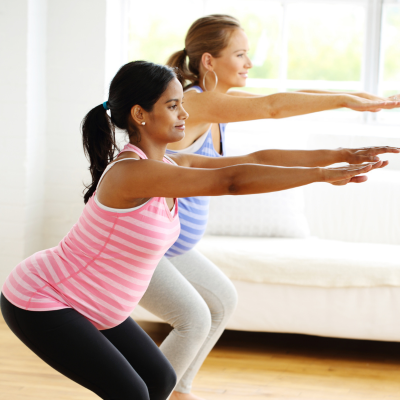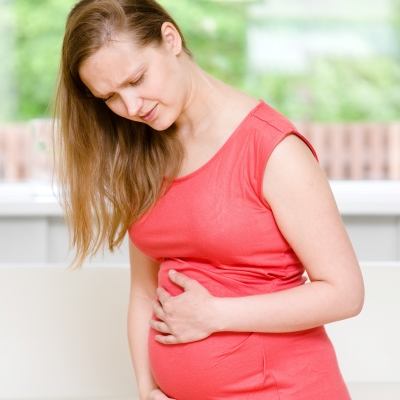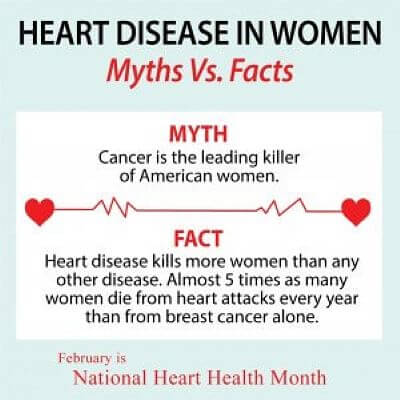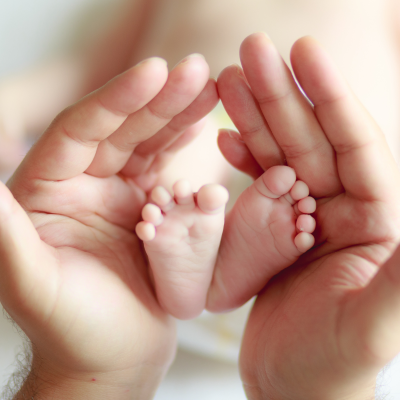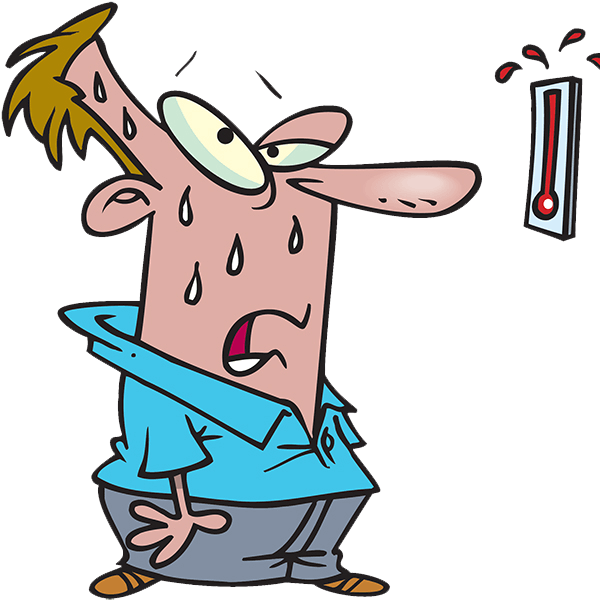Fitness During Pregnancy
Regular fitness is one of the best ways for women to stay healthy during pregnancy. Staying active during pregnancy can improve mood, reduce pregnancy pains, and boost overall health. If you’re training for a marathon, you’d better leave it for your baby’s first birthday. Otherwise, it’s time to get active! Regular Fitness During Pregnancy Staying active keeps both mom and baby healthy and strong Decreases the risk of gestational diabetes and long-term obesity Reduces backaches, bloating, and swelling Contributes to faster postpartum recovery Improves energy levels Increases endurance, strength, and muscle tone Improves posture How to Stay Active While Pregnant Whether you’re a CrossFit champion or a full-on couch potato, it’s important to find the right level of fitness for your pregnancy. The American Congress of Obstetricians and Gynecologists recommends moms-to-be exercise for at least 30 minutes most days. For fitness newbies, this can work just as well broken into three 10-minute sessions throughout the day. Try a brisk walk after each meal (don’t forget to give yourself time to digest). Other safe pregnancy workouts include: Swimming: Water makes your body feel lighter, so it’s easier for pregnant moms to get moving. Bonus: swimming can help reduce nausea, swollen joints, and sciatic pain. Running: Hardcore runners don’t have to go from 60 to 0 when they get pregnant. Speak to your obstetrician about adjusting your training during pregnancy. But pay close attention to what your body tells you; pregnancy loosens joints, increasing risk of injury. Low impact aerobics: Don’t be afraid to sign up for that dance fitness class. Just don’t ignore your body when it says, “Ok, enough is enough!” Indoor cycling: A good workout that’s easy on the joints, indoor cycling adds stability during a time when a growing stomach makes balance a daily struggle. Weight training: Choose lighter weights and increase your reps to weight lift safely with a baby on board. To protect yourself from injury, consider using a weight machine, which limits your range of motion. Pilates and prenatal yoga: Both exercises improve flexibility and strength while promoting relaxation. They also improve posture, which relieves back tension from a burgeoning belly. As you grow, ask the instructor to modify moves and make certain poses safe for you. And whatever you do, avoid Bikram yoga (commonly known as hot yoga). It’s important that pregnant women listen to their bodies when finding the right pregnancy fitness routine. Use common sense – if the exercise makes you feel energized, it’s likely healthy. If the activity results in discomfort, it’s more likely unhealthy! If you have further questions about the right kind of exercise during your pregnancy, call Cherokee Women’s Health at 770.720.7733 or simply schedule an appointment online.

